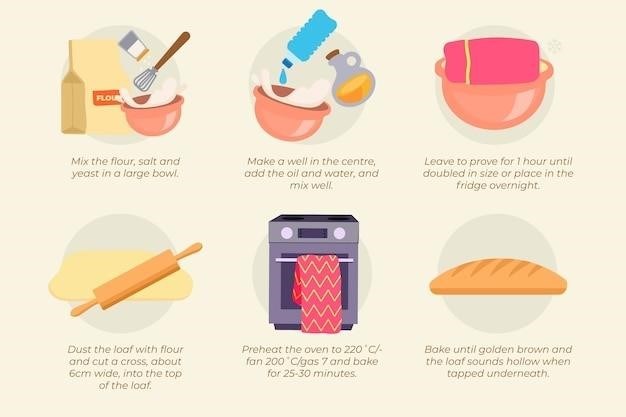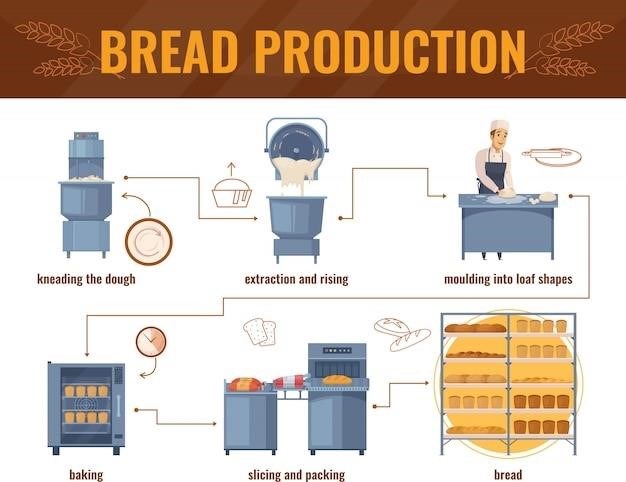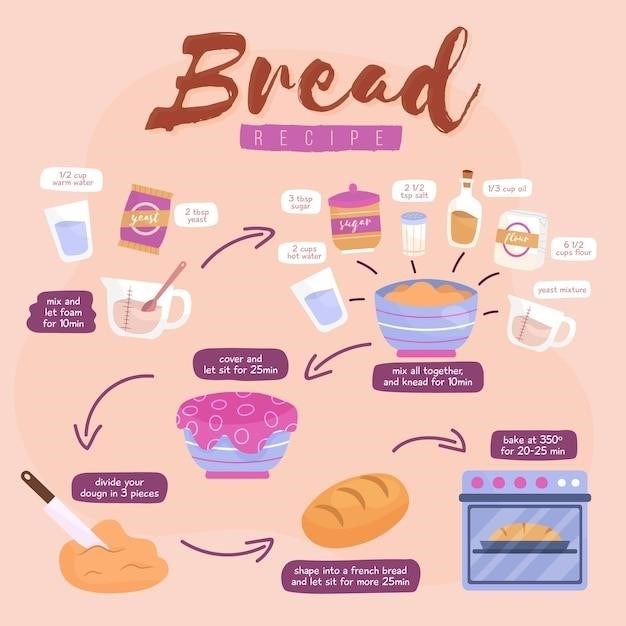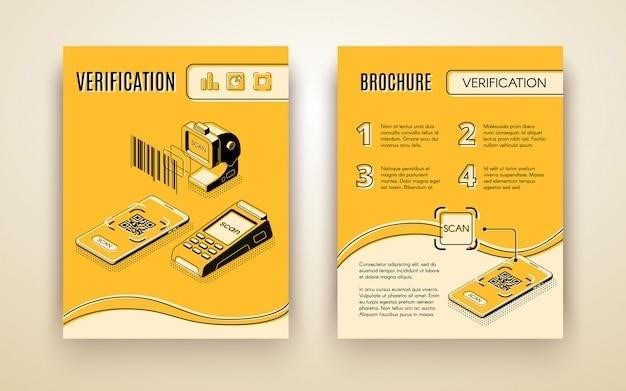Bananagrams⁚ A Quick Overview
Bananagrams is a fast-paced word game where players race to create interlocking crossword grids using letter tiles. Simultaneous play adds to the excitement, and the first to use all their tiles wins.
What is Bananagrams?
Bananagrams is a fast-paced, competitive word game for 2-8 players, blending elements of Scrabble and Boggle. Unlike Scrabble’s turn-based gameplay on a shared board, Bananagrams features simultaneous play where each player constructs their own crossword grid using letter tiles. The objective is simple⁚ be the first player to use all their letter tiles to create a complete, interconnected crossword puzzle. The game includes a set of 144 letter tiles, often referred to as the “bunch,” which are initially distributed among the players. Variations exist, including Bananagrams Duel, a two-player version, and My First Bananagrams, a simplified version for younger players with lowercase letters and combo tiles. The game encourages quick thinking, word-building skills, and a bit of friendly competition, making it a great choice for family game nights or casual gatherings. The lack of a shared board and the simultaneous gameplay make it uniquely engaging and unpredictable.
How to Win
Winning Bananagrams requires speed and strategic wordplay. The goal is to be the first player to successfully use all of their letter tiles to create a complete crossword grid. This means every tile must be incorporated into a valid word, with all words interlocked in a crossword-style pattern. There are no restrictions on word length, allowing for flexibility and strategic tile placement. Once a player believes they have used all their tiles correctly, they quietly shout “Peel!” This signals to other players that they are checking their grid. If another player discovers an error in the winning player’s grid (such as an invalid word, a missing connection, or an unused tile), the offending player must continue playing. If the grid holds up under scrutiny, the player who shouted “Peel!” is declared the winner. The speed of the game is a crucial element; the first player to successfully complete their grid and have it verified wins, regardless of the overall quality or complexity of the crossword.
Getting Started⁚ Setting Up the Game
Gather the letter tiles and distribute them face down. Each player receives a set number of tiles depending on the player count. Prepare the tiles for play.
The Initial Tile Distribution
The number of tiles each player receives at the start of Bananagrams depends on the total number of players involved. This ensures a balanced and engaging game for everyone, regardless of the number of participants. For games with two to four players, each player begins with twenty-one tiles. If there are five or six players, each player starts with fifteen tiles. For larger games, with seven or eight players, the initial tile count is reduced to eleven tiles per player. This adjustment in tile distribution is crucial for maintaining the pace and challenge of the game. With fewer tiles, the game becomes more compact and strategic, while more tiles allow for greater word-building opportunities. It’s important to distribute the tiles evenly and fairly to ensure a fair and competitive game for all. The initial distribution of tiles sets the stage for a fast-paced and exciting game of word creation.
Preparing the Tiles
Before the game begins, all 144 letter tiles are placed face down in the center of the playing area. This central pile is often referred to as “the bunch,” symbolizing the collective pool of letters from which players will draw their starting hands. Players should ensure that the tiles are well-mixed to guarantee a random distribution of letters, preventing any potential bias or predictability in the game. Once the tiles are thoroughly shuffled, the game can proceed to the next stage of tile distribution, where each player receives their starting hand based on the number of players in the game. The face-down orientation of the tiles emphasizes the element of surprise and chance, vital components of Bananagrams’ engaging gameplay. This initial setup fosters a sense of anticipation and excitement as players prepare to unveil their starting letters and embark on the competitive word-building challenge.

Gameplay Mechanics
Players simultaneously build individual crossword grids using their letter tiles. The first to use all their tiles and shout “Peel!” wins the round.
Simultaneous Play
Unlike Scrabble, Bananagrams features simultaneous gameplay, adding a thrilling competitive element. All players begin by drawing their tiles and constructing their grids at the same time. This creates a dynamic and fast-paced experience, unlike turn-based word games. The constant race against other players for completing your grid adds to the excitement. There’s no waiting for your turn; you are constantly strategizing and working to build your crossword. This competitive aspect is a key element of the game’s appeal, making it engaging and exciting for all players, regardless of their word game experience. The simultaneous nature of the gameplay keeps everyone involved and prevents any lag time, leading to a quicker and more dynamic round. This creates a sense of urgency and encourages players to think quickly and strategically as they work to complete their grids. The fast-paced, simultaneous nature of the game sets it apart from more traditional word games.
Creating the Crossword Grid
The core of Bananagrams involves constructing a crossword-style grid using your letter tiles. Unlike Scrabble’s fixed board, each player creates their own independent grid. Words must be interconnected, forming a cohesive crossword puzzle. Players are free to arrange their words in any direction – vertically, horizontally, or even diagonally, as long as they connect to other words already placed on your personal board. The challenge lies in strategically using your tiles to create valid words while maximizing space and anticipating the need for specific letters. Improvisation and flexibility are key; you must adapt to the letters you have and the words you can form. Successful grid creation requires a blend of vocabulary, strategic thinking, and a bit of luck in obtaining the right letter combinations. Remember, the goal is to use all your tiles and create a valid crossword puzzle before other players. A well-planned approach will allow for efficient use of space and contribute to the overall success of your grid.
Variations and Expansions
Bananagrams offers variations like Duel, a two-player version, and My First Bananagrams, a simpler game for younger players. These adaptations cater to different skill levels and playing preferences.
Bananagrams Duel
Bananagrams Duel offers a head-to-head, two-player experience, perfect for cozy game nights or on-the-go fun. Unlike the classic game’s simultaneous gameplay, Duel focuses on a direct competition between two players. Each player receives a set number of letter tiles (usually 12), and the goal remains the same⁚ be the first to arrange all your tiles into a crossword grid. However, Duel introduces a unique twist with fun, banana-shaped theme cards that add an extra layer of challenge and strategic decision-making to each round. These cards might introduce special rules or limitations, adding an element of surprise and unpredictability. The letter tiles themselves are crafted to maintain the classic Bananagrams feel, ensuring a familiar yet exciting experience for seasoned players and newcomers alike. This compact and engaging version retains the core word-building mechanics while providing a focused, competitive experience for two players. The banana-shaped theme cards also add a visually appealing element to the game. The portability of Duel makes it ideal for travel or quick gaming sessions.
My First Bananagrams
Designed for younger players, My First Bananagrams simplifies the classic game to nurture a love for wordplay in children. This version utilizes lowercase letters, making it easier for beginners to read and manipulate. The tiles often incorporate combo-letter tiles, combining multiple letters into a single tile to aid in word formation and reduce the complexity. This helps children build their vocabulary and spelling skills gradually. The gameplay remains largely the same, focusing on creating an interlocking crossword grid. However, the simplified letter tiles and potentially adjusted rules make it more accessible and less daunting for younger players. The overall objective—using all your tiles to construct a crossword—remains consistent with the original Bananagrams, maintaining familiarity for parents or older siblings who might be playing along. The visual appeal of the tiles and the simplified rules make the learning curve gentler, encouraging children to engage with the game and develop crucial language skills. The green banana theme further enhances the playful and welcoming atmosphere of this introductory version. It’s a perfect stepping stone to the classic game, allowing children to build confidence and competence in their word-building abilities before tackling the more complex version.

Advanced Strategies and Tips
Master speed and efficiency; plan tile placement strategically. Utilize wild tiles effectively if available for maximum flexibility in word creation.
Using Wild Tiles (if applicable)
Certain Bananagrams variations, like some expansion sets, include wild tiles. These versatile tiles can represent any letter of the alphabet, offering strategic advantages. Consider using a wild tile early in the game to complete a high-scoring word or to unlock a crucial section of your crossword grid; However, remember that using a wild tile too early could limit your options later if you run out of common letters. Strategic placement is key. Don’t be afraid to use them to create longer words or fill gaps, but also be mindful of holding onto them for more crucial spots if your current grid allows it. Planning ahead is essential, so look for opportunities to use them to your advantage and maximize scoring potential. Keep track of the letters you’ve already used and those you have remaining to avoid creating an insurmountable problem for yourself later in the game. Analyze the letters remaining in your hand and on the table to determine the best use of your wild tiles; Remember to announce the letter your wild tile represents when you shout “PEEL!” to ensure a fair and transparent game.
Speed and Efficiency
In Bananagrams, speed is crucial. The quicker you can identify usable letter combinations and integrate them into your crossword grid, the better your chances of winning. Practice recognizing common letter patterns and word stems to improve your speed. Efficient tile management is also key; don’t waste time searching through your tiles repeatedly. Organize your letters strategically, perhaps grouping vowels and consonants. Consider using a play style that allows you to build words incrementally, extending existing words rather than constantly starting new ones. This minimizes disruption and allows for more efficient use of your tiles. Quickly assessing available letters and planning several moves ahead will significantly improve your gameplay. Remember, the game rewards quick thinking and efficient tile placement. Don’t be afraid to adjust your strategy if you find yourself falling behind, even if it means breaking up longer words to use their parts in other places. The goal is to use all your tiles before anyone else.



























